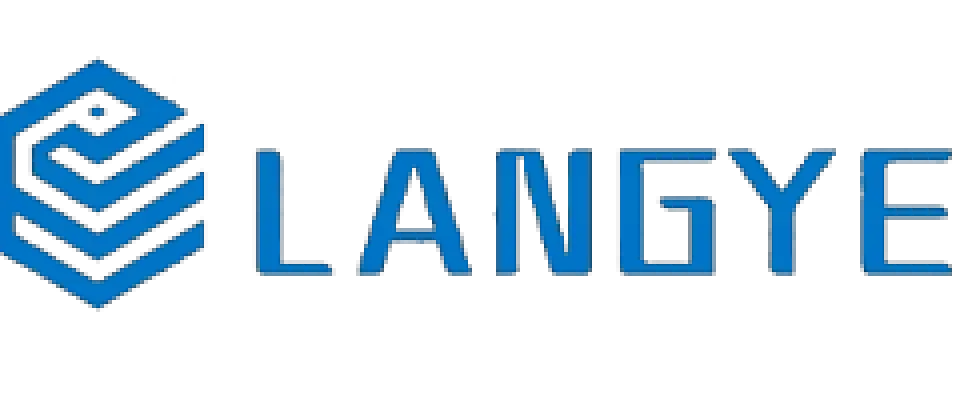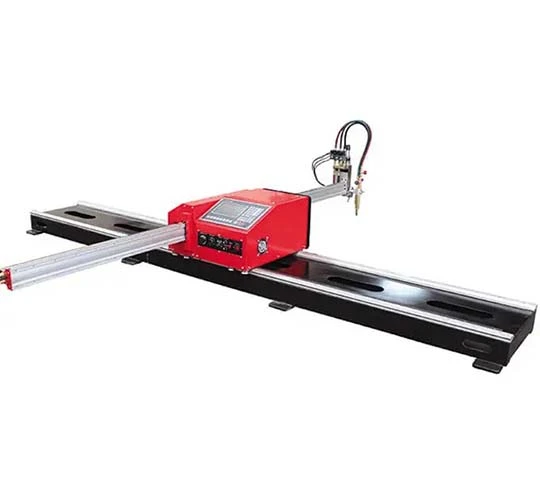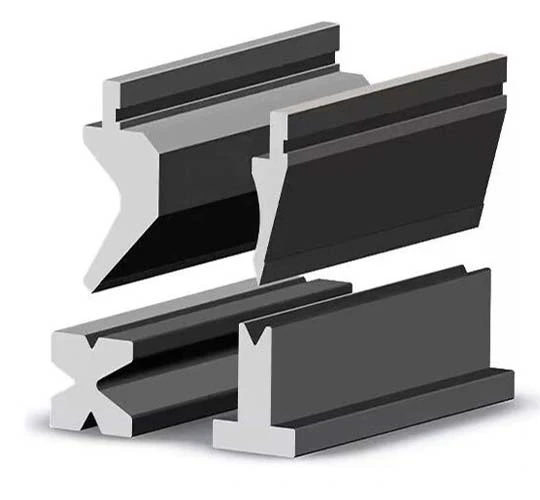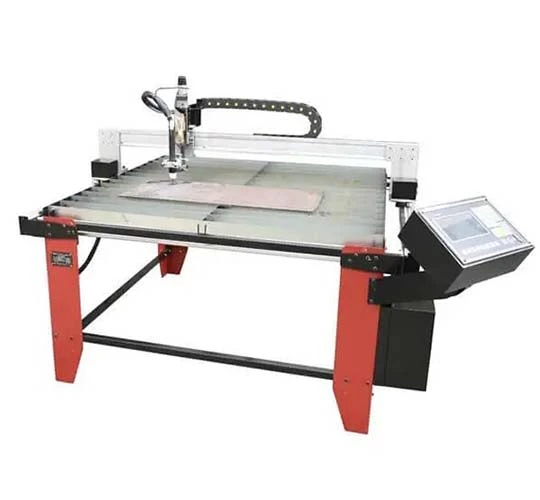Laser cutting has transformed manufacturing by delivering precision, speed, and versatility through a focused beam of coherent light. This technology, which uses high-energy lasers to melt, vaporize, or ablate materials, is widely adopted across industries for its ability to produce intricate components with minimal waste. While laser cutting offers significant benefits over traditional methods, it also has limitations. This guide explores the advantages and disadvantages of laser cutting, details its process, and compares it to alternative cutting technologies like waterjet, CNC machining, and plasma cutting, providing valuable insights for manufacturers and designers.
What is Laser Cutting Process?
Laser cutting employs a high-energy laser beam to rapidly heat a small, tightly focused spot on a material, causing it to melt or vaporize. The process is enhanced by a gas assist—typically nitrogen for lighter, reactive metals to prevent oxidation, or oxygen for steel to accelerate cutting by oxidizing material and clearing slag. This allows the laser to penetrate the material precisely, creating clean cuts. The beam's path is controlled by computer numerical control (CNC) systems, which follow programmed G-code patterns to execute complex 2D and 2.5D designs with high accuracy, ensuring repeatability and efficiency.
Laser cutting machines come in various formats to suit different applications. The most common configuration moves laser optics, such as mirrors, along the X and Y axes while keeping the workpiece stationary. Alternatively, fixed-optic systems hold the laser head in place and move the material. Hybrid systems combine elements of both approaches. These setups, driven by automated CNC programming, enable the production of intricate patterns, making laser cutting ideal for both prototyping and large-scale manufacturing.
What are the Advantages of Laser Cutting?
Exceptional Precision
Laser cutting is renowned for its high precision, achieved through a narrow energy beam and precise control of laser optics or material movement. This allows for the creation of intricate designs with tight tolerances, even in fragile or challenging materials. The ability to maintain high feed rates while executing complex cuts ensures superior quality, making laser cutting a preferred choice for applications requiring detailed and accurate components.
No Risk of Material Contamination
Unlike traditional methods like rotary cutting or grinding, which rely on coolants that can contaminate parts, laser cutting uses only energy and assist gases. This eliminates the need for post-cut cleaning processes, such as degreasing, required to remove coolant residues. Similarly, it avoids issues like carbide granules from grinding wheels or garnet residues from waterjet cutting, ensuring clean parts that are ready for subsequent processes without additional preparation.
High Cutting Speeds
Laser cutting offers unmatched processing speeds, significantly outperforming traditional methods. For instance, a high-powered oxygen-assisted laser can cut through thick steel sheets up to 10 times faster than a bandsaw and 50 to 100 times faster than wire cutting. This speed, combined with automation that eliminates manual adjustments, accelerates production, making laser cutting ideal for high-volume manufacturing environments where efficiency is critical.
Unlimited 2D Design Complexity
The precision of G-code movement control and the small size of the laser's hot spot enable laser cutting to produce highly intricate 2D designs. Features that are weakly attached to the main body can be cut without applying force, allowing for complex geometries limited only by material properties rather than process constraints. This flexibility makes laser cutting suitable for creating detailed components that other methods struggle to achieve.
Wide Range of Compatible Materials
Laser cutting's adaptability allows it to efficiently process a diverse array of materials, including acrylic, stainless steel, mild steel, titanium, hastelloy, tungsten, and even carbon fiber composites when using dual-frequency lasers. As technology advances, the range of compatible materials continues to expand, enhancing the versatility of laser cutting for various applications and industries.
Broad Applications Across Industries
The combination of precision, speed, and material versatility makes laser cutting indispensable across multiple sectors. It is used to manufacture airframes, ship components, medical implants, electronic parts, and prototypes, as well as for mass production of sheet metal components. This wide applicability underscores laser cutting's role as a critical technology in modern manufacturing, catering to both specialized and high-volume needs.
Alternatives to Laser Cutting
Waterjet Cutting
Waterjet cutting uses a high-pressure stream of water mixed with abrasive materials to cut through various substrates. It excels at cutting thicker materials and produces no heat-affected zones, making it suitable for heat-sensitive applications. However, it generates larger kerf widths than laser cutting, reducing material utilization, and is generally slower, impacting production speed.
CNC Machining
CNC machining involves subtractive processes like milling or turning to shape materials. It offers high precision for complex 3D geometries and is effective for a wide range of materials, including metals and plastics. However, it is slower than laser cutting for 2D sheet cutting and may require coolants, leading to potential contamination issues.
Plasma Cutting
Plasma cutting uses a jet of ionized gas to cut electrically conductive materials like steel and aluminum. It is faster than laser cutting for thick metals and more cost-effective for certain applications. However, it produces larger kerf widths and less precise cuts, making it less suitable for intricate designs or applications requiring tight tolerances.
Laser cutting stands out as a powerful manufacturing technology, offering unparalleled precision, speed, and versatility for cutting a wide range of materials. Its advantages, including clean cuts, high repeatability, and minimal post-processing, make it ideal for industries from aerospace to electronics. However, limitations such as material thickness constraints, energy consumption, and initial costs must be weighed against project requirements. By comparing laser cutting to alternatives like waterjet, CNC machining, and plasma cutting, manufacturers can determine the best method for their needs. For those seeking to leverage laser cutting's capabilities, partnering with a trusted fabrication provider can ensure optimal results and efficiency in your production processes.
 English
English 日本語
日本語 한국어
한국어 français
français Deutsch
Deutsch Español
Español русский
русский Türkçe
Türkçe português
português العربية
العربية Polska
Polska हिंदी
हिंदी Indonesia
Indonesia



